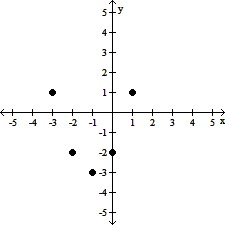Round the following to the nearest ten, nearest hundred, and nearest thousand.6194
A.
| Ten | 6,190 |
| Hundred | 6,100 |
| Thousand | 6,000 |
B.
| Ten | 6,200 |
| Hundred | 6,200 |
| Thousand | 6,000 |
C.
| Ten | 6,190 |
| Hundred | 6,200 |
| Thousand | 6,000 |
D.
| Ten | 6,200 |
| Hundred | 6,100 |
| Thousand | 7,000 |
Answer: C
You might also like to view...
Find the derivative of y with respect to the appropriate variable.y = cosh-1 2
A. 
B. 
C. 
D. 
Divide. Round the quotient as indicated.10.2 ÷ 1.2; tenths place
A. 8.5 B. 85.0 C. 0.9 D. 9.5
Classify the real number as a natural number, whole number, integer, rational number and/or irrational number. The number may belong to more than one set.
A. irrational number B. natural number, whole number, integer C. natural number, whole number, integer, rational number D. integer, rational number
Tell whether a linear model or a quadratic model is appropriate for the data. If a quadratic model is appropriate, then decide also whether the lead coefficient should be positive or negative.
A. Quadratic; leading coefficient positive B. Linear C. Quadratic; leading coefficient negative